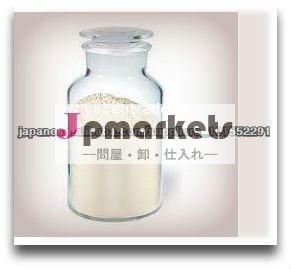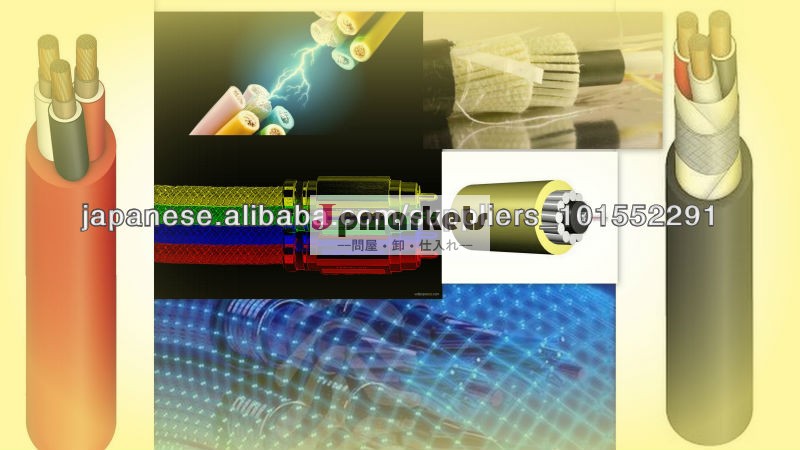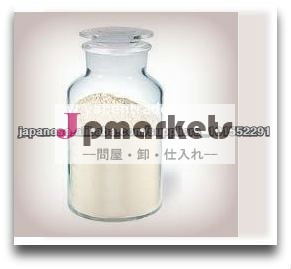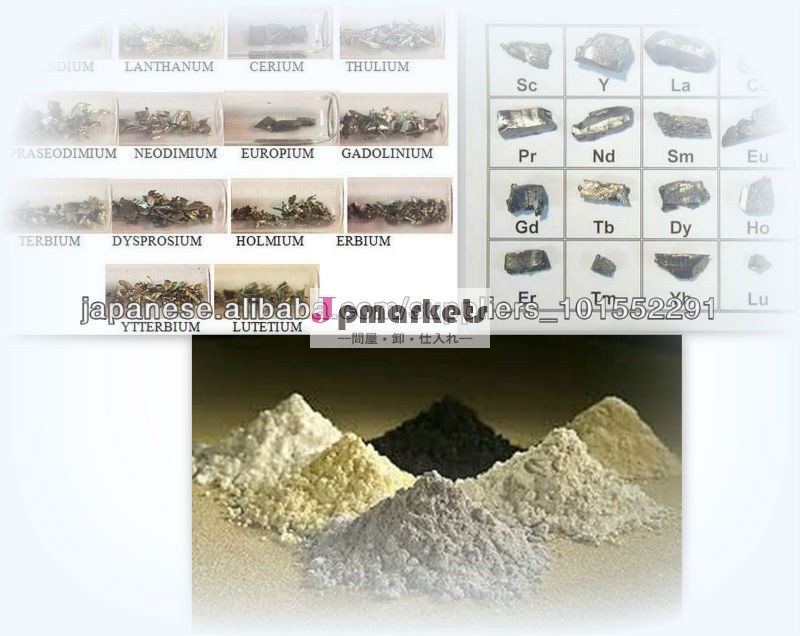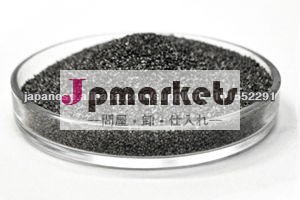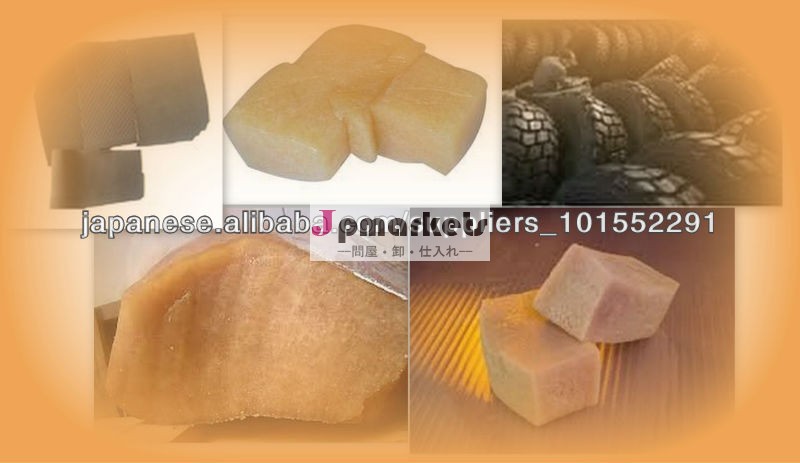製品情報
| 原産地: 米国 | 銘柄: KOALMIN |
仕様
Cerium oxide Rare earth
metallic cerium is prepared by reduction techniques, such as by reducing cerous fluoride with calcium, or by electrolysis of molten cerous chloride or other cerous halides.
Cerium is an iron-grey lustrous metal. It is malleable, and oxidises very readily at room temperature, especially in moist air. Except for europium, cerium is the most reactive of the rare-earth metals. It slowly decomposes in cold water, and rapidly in hot water. Alkali solutions and dilute and concentrated acids attack the metal rapidly. The pure metal may ignite when scratched with a knife.
It is the most abundant of the rare earth metals and is found in minerals including allanite, monazite, cerite, and bastnaesite. There are large deposits found in India, Brazil and the USA.
Table: basic information about and classifications of cerium.
Name: Cerium
Symbol: Ce
Atomic number: 58
Atomic weight: 140.116 (1) [see note g]
Standard state: solid at 298 K
CAS Registry ID: 7440-45-1
Group in periodic table:
Group name: Lanthanoid
Period in periodic table: 6 (lanthanoid)
Block in periodic table: f-block
Colour: silvery white
Classification: metallic
Cerium: historical information
Cerium was discovered by Wilhelm von Hisinger, Jöns Jacob Berzelius, Martin Klaproth at 1803 in Sweden, Germany. Origin of name: named after the asteroid Ceres which discovered in 1801, 2 years before the element.
Cerium was discovered in 1803 by Jöns Jacob Berzelius and Wilhelm Hisinger and independently by Martin Klaproth. It was isolated from a mineral from an iron mine at Bastn°s.
Cerium: physical properties
melting points of the chemical elements displayed on a miniature periodic tableMelting point: 1068 [or 795 °C (1463 °F)] K
boiling points of the chemical elements displayed on a miniature periodic tableBoiling point: 3633 [or 3360 °C (6080 °F)] K
density of the chemical elements displayed on a miniature periodic tableDensity of solid: 6689 kg m-3
Read more » »
Cerium: orbital properties
Ground state electron configuration: [Xe].4f1.5d1.6s2
Shell structure: 2.8.18.19.9.2
Term symbol: 1G4
Pauling electronegativity of the chemical elements displayed on a miniature periodic tablePauling electronegativity: 1.12 (Pauling units)
link to first ionisation energy images First ionisation energy: 534.4 kJ mol-1
link to second ionisation energy images Second ionisation energy: 1050 kJ mol-1
Read more » »
Isolation
Isolation: cerium metal is available commercially so it is not normally necessary to make it in the laboratory, which is just as well as it is difficult to isolate as the pure metal. This is largely because of the way it is found in nature. The lanthanoids are found in nature in a number of minerals. The most important are xenotime, monazite, and bastnaesite. The first two are orthophosphate minerals LnPO4 (Ln deonotes a mixture of all the lanthanoids except promethium which is vanishingly rare) and the third is a fluoride carbonate LnCO3F. Lanthanoids with even atomic numbers are more common. The most comon lanthanoids in these minerals are, in order, cerium, lanthanum, neodymium, and praseodymium. Monazite also contains thorium and ytrrium which makes handling difficult since thorium and its decomposition products are radioactive.
For many purposes it is not particularly necessary to separate the metals, but if separation into individual metals is required, the process is complex. Initially, the metals are extracted as salts from the ores by extraction with sulphuric acid (H2SO4), hydrochloric acid (HCl), and sodium hydroxide (NaOH). The ceric ion, Ce(IV) is more easily hydrolysed than the lanthanide (III) ions and therefore precipitates as a salt upon treatment with an oxidizing agent such as KMnO4.
Pure cerium is available through the electrolysis of a mixture of molten CeCl3 and NaCl (or CaCl2) in a graphite cell which acts as cathode using graphite as anode. The other product is chlorine gas.
Cerium is a chemical element with symbol Ce and atomic number 58. It is a soft, silvery, ductile metal which easily oxidizes in air. Cerium was named after the dwarf planet Ceres (itself named for the Roman goddess of agriculture). Cerium is the most abundant of the rare earth elements, making up about 0.0046% of the Earth's crust by weight. It is found in a number of minerals, the most important being monazite and bastnasite. Commercial applications of cerium are numerous. They include catalysts, additives to fuel to reduce emissions and to glass and enamels to change their color. Cerium oxide is an important component of glass polishing powders and phosphors used in screens and fluorescent lamps. It is also used in the "flint" (actually
http://www.scribd.com/doc/158884061/Rare-Earths-cerium#fullscreen







